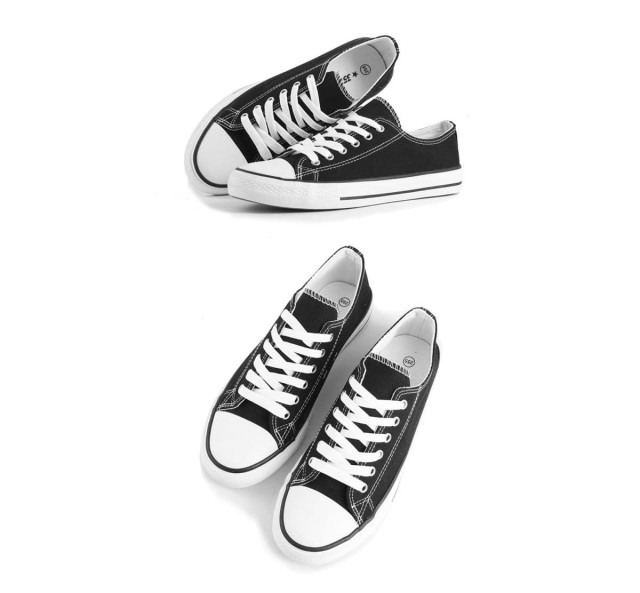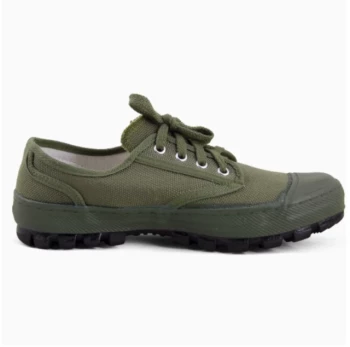For athletes, skaters, and outdoor enthusiasts, footwear isn’t just about style—it’s about performance. Vulcanized soles have become the gold standard in sports and active footwear, offering a rare combination of flexibility, grip, and longevity. But what makes them superior to alternatives like cup soles? Let’s dissect the science, history, and real-world advantages that make vulcanization a game-changer.
What Makes Vulcanized Soles Unique
The Science Behind the Heat: Vulcanization Process Explained
Vulcanization isn’t just a manufacturing step; it’s a transformation. Natural rubber, when treated with sulfur and exposed to controlled heat, undergoes a molecular change. This process:
- Eliminates stickiness, making the material easier to mold.
- Enhances durability by reducing weak spots prone to tearing.
- Creates stronger bonds with other materials, reducing reliance on adhesives like glue.
Research shows vulcanized rubber retains its integrity under stress, whether from friction, heat, or repeated bending—key for high-impact activities.
From Tires to Sneakers: A Historical Shift
Originally developed for tires in the 1800s, vulcanization’s shift to footwear was driven by necessity. Early skateboarders, for instance, needed soles that could withstand abrasive grip tape while allowing precise foot control. Vulcanized rubber’s adaptability made it the obvious choice, bridging industrial toughness with athletic agility.
Performance Advantages You Can’t Ignore
Flexibility for Enhanced Movement
Unlike rigid cup soles, vulcanized soles are thin and lightweight, molding to the foot’s natural motion. This "board feel" is why skateboarders and basketball players favor them:
- Better proprioception: The sole’s flexibility lets wearers "feel" the ground, improving balance and reaction time.
- Faster break-in period: Vulcanized shoes adapt to the foot quickly, reducing discomfort during initial use.
Grip and Resistance in Action
The vulcanization process also enhances traction. The cured rubber’s textured surface grips smooth or wet surfaces effectively, making it ideal for:
- Skateboarding: Prevents slips during tricks.
- Trail running: Maintains stability on uneven terrain.
Vulcanized vs. Cup Soles: Which Wins for Your Needs?
Skateboarding’s Favorite: A Case Study
Skate shoes almost exclusively use vulcanized soles—and for good reason. Cup soles, while durable, lack the nuanced flexibility needed for kickflips or ollies. Vulcanized soles offer:
- Precision: Thinner soles allow finer foot adjustments.
- Durability where it counts: Reinforced high-wear areas (like the ollie zone) without sacrificing overall flexibility.
Longevity in High-Stress Environments
While cup soles excel in heavy-duty work boots, vulcanized soles outperform in dynamic, repetitive movements. Their resistance to abrasion and tearing makes them last longer in sports where friction is constant.
Ready to Elevate Your Footwear Line?
For distributors and brands seeking high-performance soles that athletes trust, 3515’s vulcanized footwear solutions blend proven durability with cutting-edge flexibility. Let’s craft shoes that move with your customers—literally.
Why settle for less when the market demands vulcanized’s best?
Related Products
- Wholesale High-Traction Camo Boots - Custom Manufacturer for Brands
- Durable Rubber-Soled Utility Shoes for Wholesale & Custom Brand Manufacturing
- Durable Canvas Work Shoes with Rubber Lug Sole | Wholesale Manufacturer
- Wholesale Durable Camo Canvas Shoes with High-Traction Rubber Soles
- Durable Rubber Sole Outdoor Shoes Wholesale & Custom Manufacturing
Related Articles
- How to Choose Military Camouflage Boots for Mission-Specific Performance
- Why Vulcanized Soles Dominate Technical Skateboarding: A Science and Performance Breakdown
- From Battlefield to Streetwear: The Dual Identity of Military Camouflage Boots
- How Vulcanized Rubber Engineering Creates Unbeatable Outdoor Boots
- How Vulcanized Rubber Boots Outperform Standard Footwear: Science and Practical Benefits



















